
ADVANCEDMOTION CONTROLS Analog Servo Drive 120A10
ADVANCEDMOTION CONTROLS Analog Servo Drive 120A10
The 120A10 PWM servo drive is designed to drive
brush type DC motors at a high switching frequency.
A single red/green LED indicates operating status. The
drive is fully protected against over-voltage, under
voltage, over-current, over-heating and short-circuits
across motor, ground and power leads. Furthermore,
the drive can interface with digital controllers or be
used stand-alone and requires only a single
unregulated DC power supply. Loop gain, current
limit, input gain and offset can be adjusted using 14
turn potentiometers. The offset adjusting
potentiometer can also be used as an on-board input
signal for testing purposes.
See Part Numbering Information on last page of
datasheet for additional ordering options. The
hardware installation manual for the analog drive
family is available for download at www.a-m-c.com.
Optical Isolation Between High & Low Power
Signals
Four Quadrant Regenerative Operation
DIP Switch Selectable Modes
Differential Input Command
Digital Fault Output Monitor
On-Board Test Potentiometer
Offset Adjustment Potentiometer
Adjustable Input Gain
DIP Switch Selectable Tuning
Drive Status LED
Directional Inhibit Inputs for Limit Switches
MODES OF OPERATION
Current
Voltage
IR Compensation
Velocity
COMMAND SOURCE
±10 V Analog
FEEDBACK SUPPORTED
Tachometer (±60 VDC)
COMPLIANCES & AGENCY APPROVALS
UL
cUL
CE Class A (LVD)
CE Class A (EMC)
RoHS II
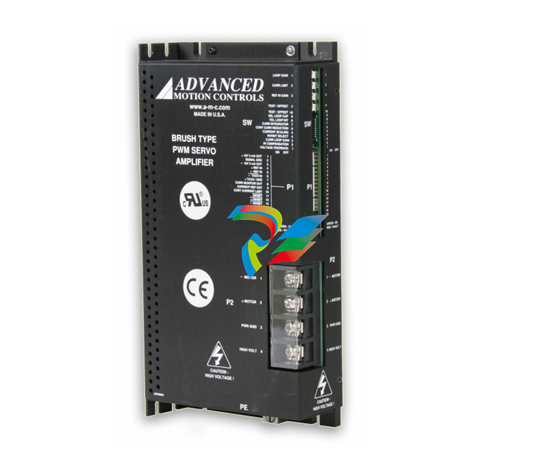 Tuning With Through-hole Components
Tuning With Through-hole Components
In general, the drive will not need to be further tuned with through-hole components. However, for applications requiring more
precise tuning than what is offered by the potentiometers and dipswitches, the drive can be manually modified with through-hole
resistors and capacitors as denoted in the above table. By default, the through-hole locations are not populated when the drive is
shipped. Before attempting to add through-hole components to the board, consult the section on loop tuning in the installation
notes on the manufacturer’s website. Some general rules of thumb to follow when adding through-hole components are:
• A larger resistor value will increase the proportional gain, and therefore create a faster response time.
• A larger capacitor value will increase the integration time, and therefore create a slower response time.
Proper tuning using the through-hole components will require careful observation of the loop response on a digital oscilloscope to
find the optimal through-hole component values for the specific application.
IR Compensation Notes
For applications that will use IR Compensation mode, a resistor can be added to the location named in the table above. The
combination of the added resistor and correct dipswitch settings will configure the amplifier for IR Compensation mode. While in
IR Compensation mode, the amplifier will adjust the duty cycle to compensate for changes in the output current. Consult the
amplifier’s functional block diagram and the manufacturer’s website for more information.
Tachometer Gain
Some applications may require an increase in the gain of the tachometer input signal. This occurrence will be most common in
designs where the tachometer input has a low voltage to RPM scaling ratio. The drive offers a through-hole location listed in the
above table where a resistor can be added to increase the tachometer gain. Use the drive’s block diagram to determine an
appropriate resistor value.

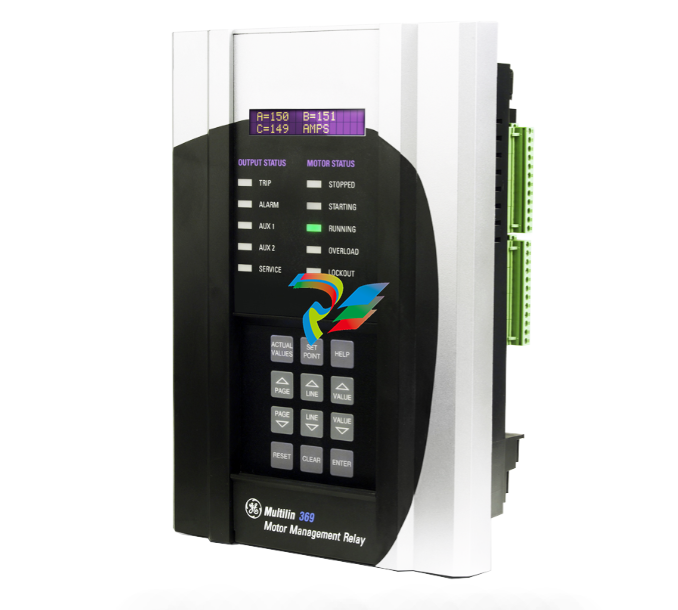

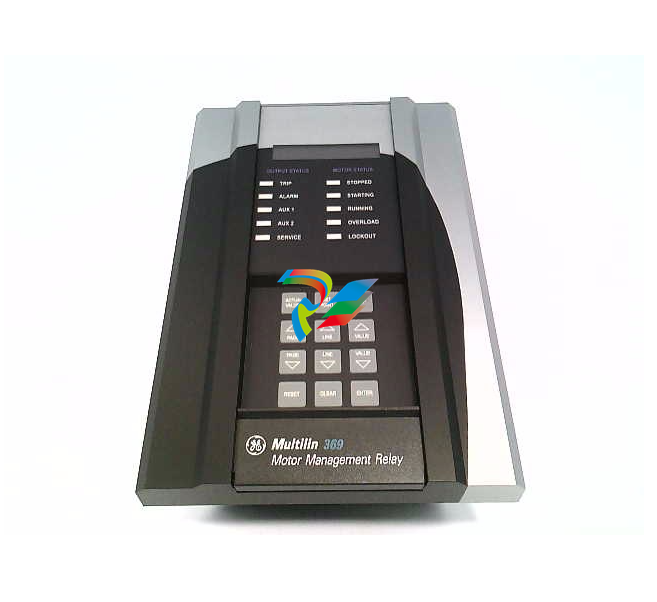
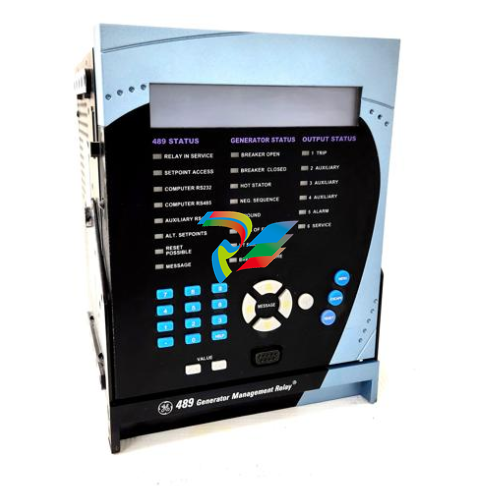
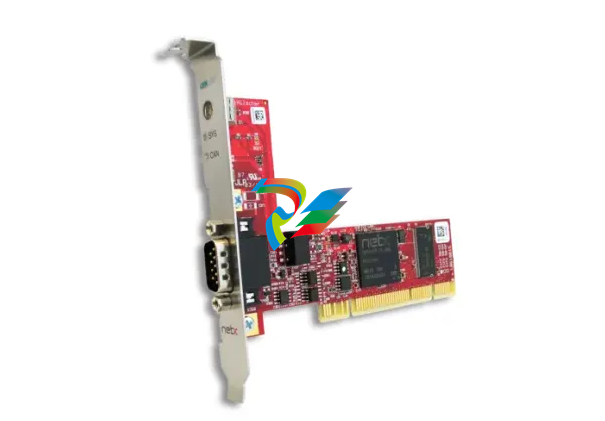


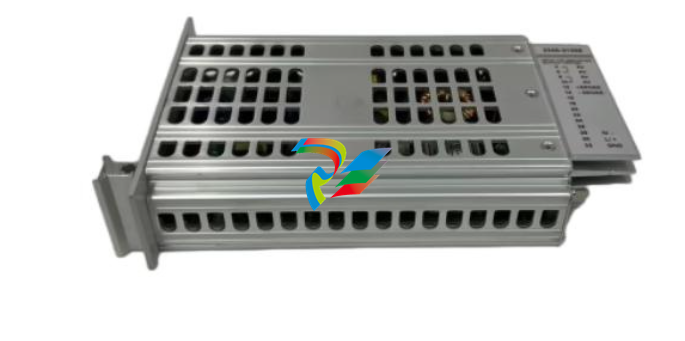


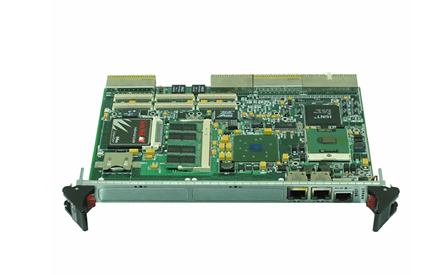
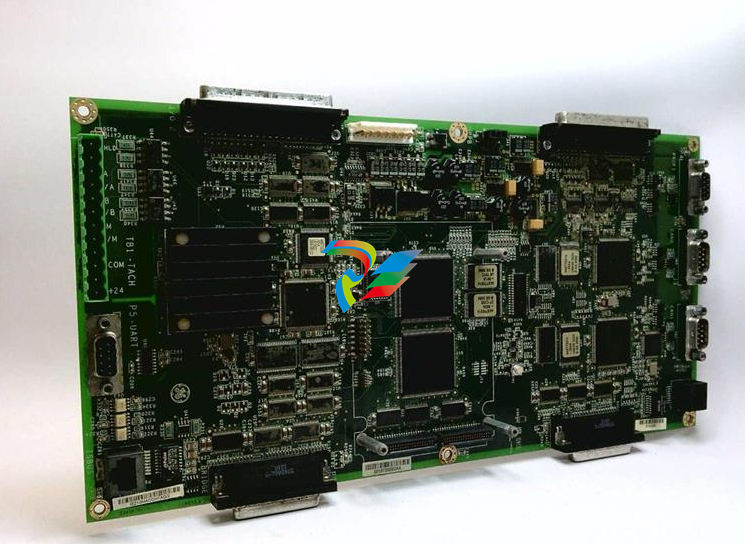


.jpg)

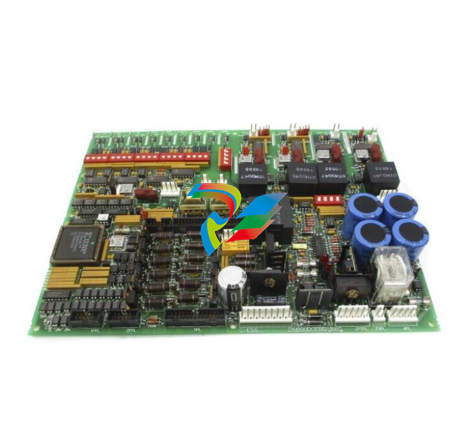

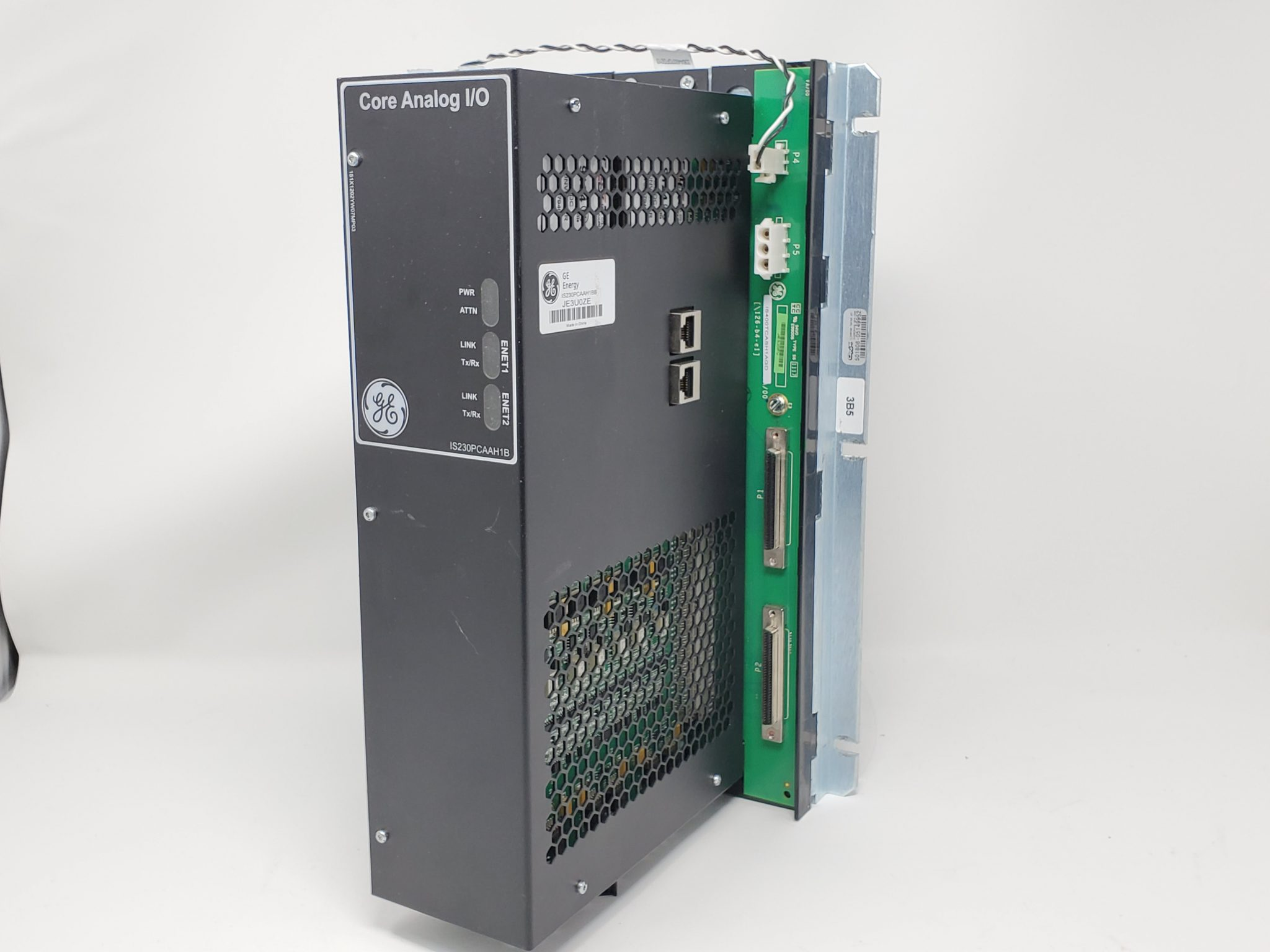

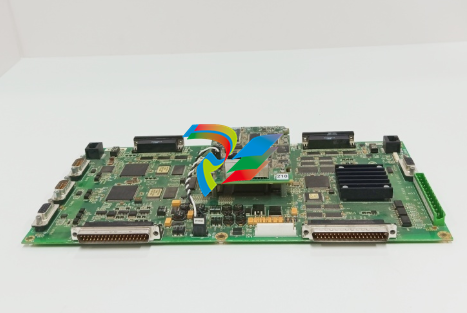
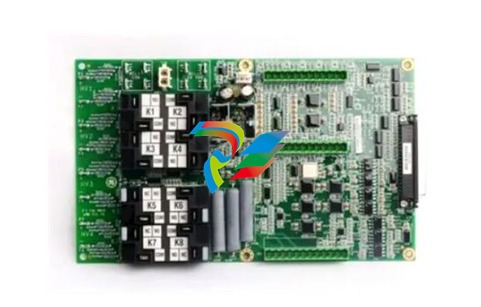
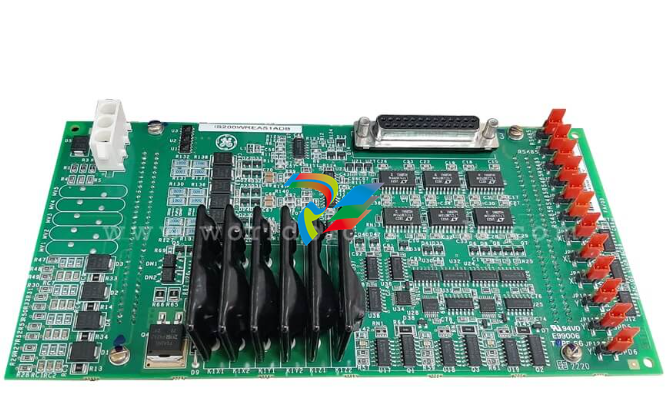
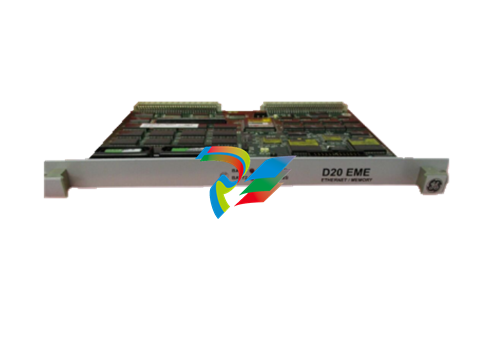
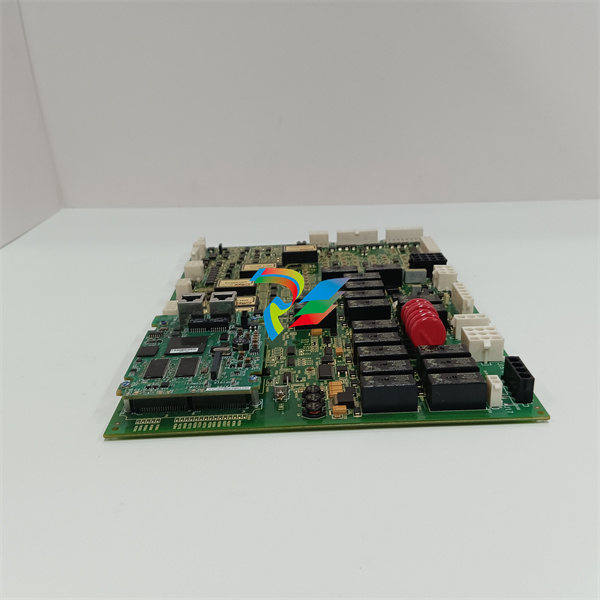
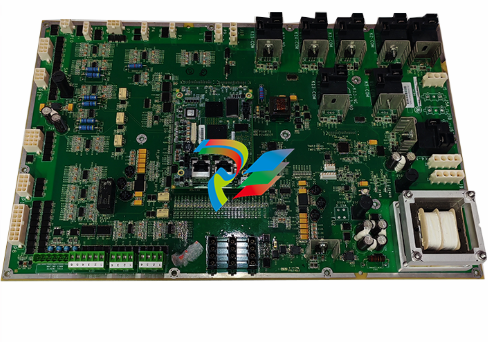
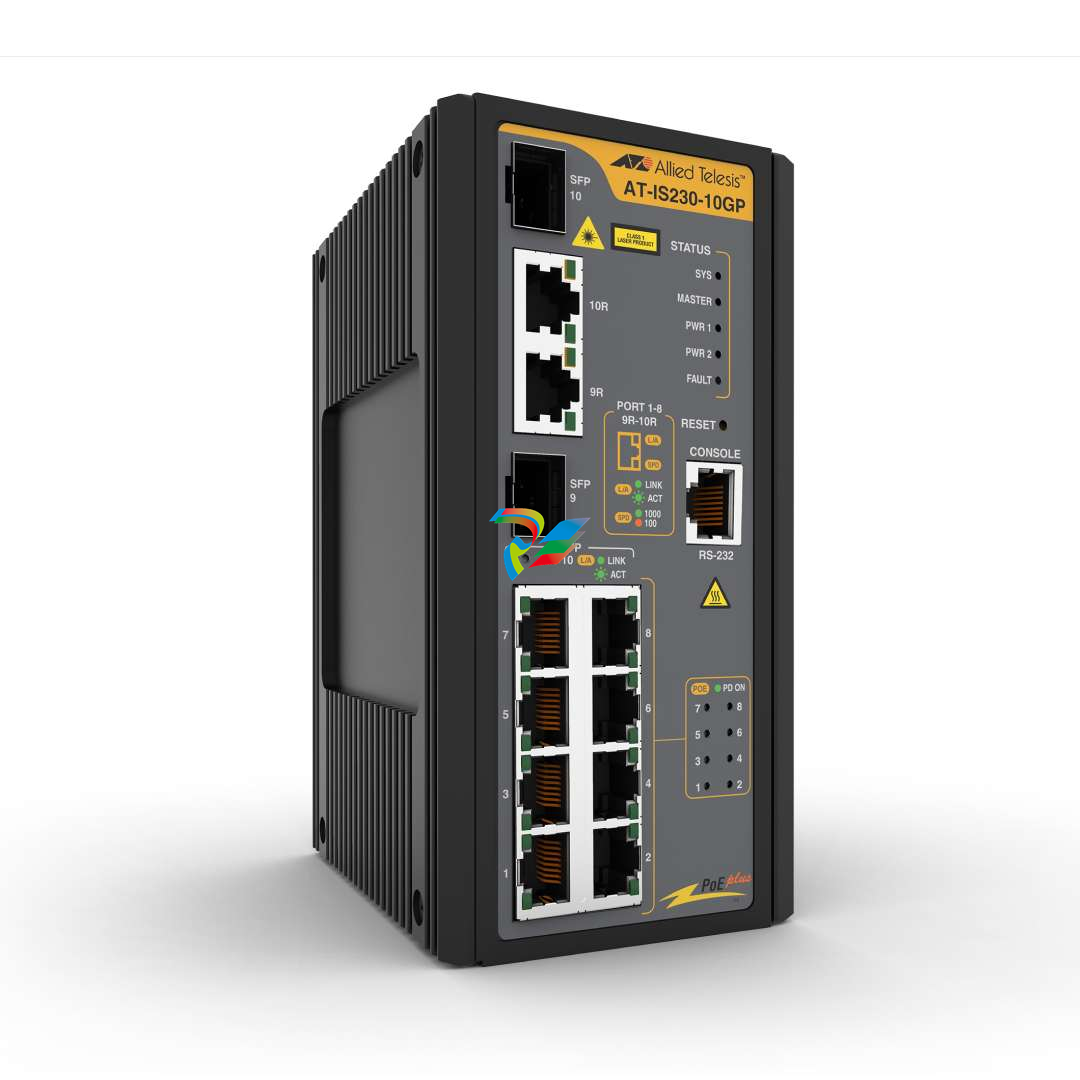
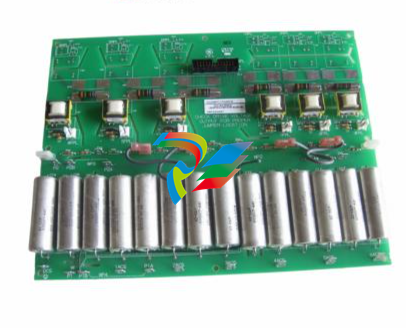

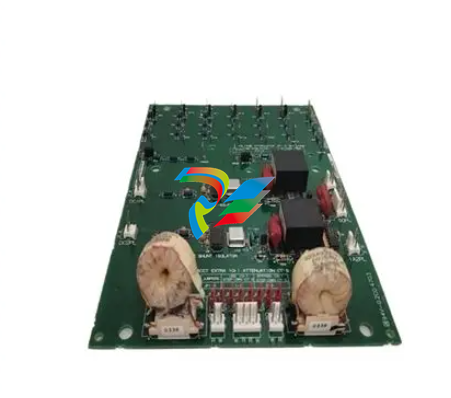

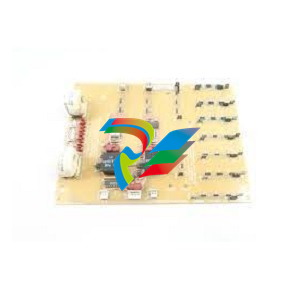

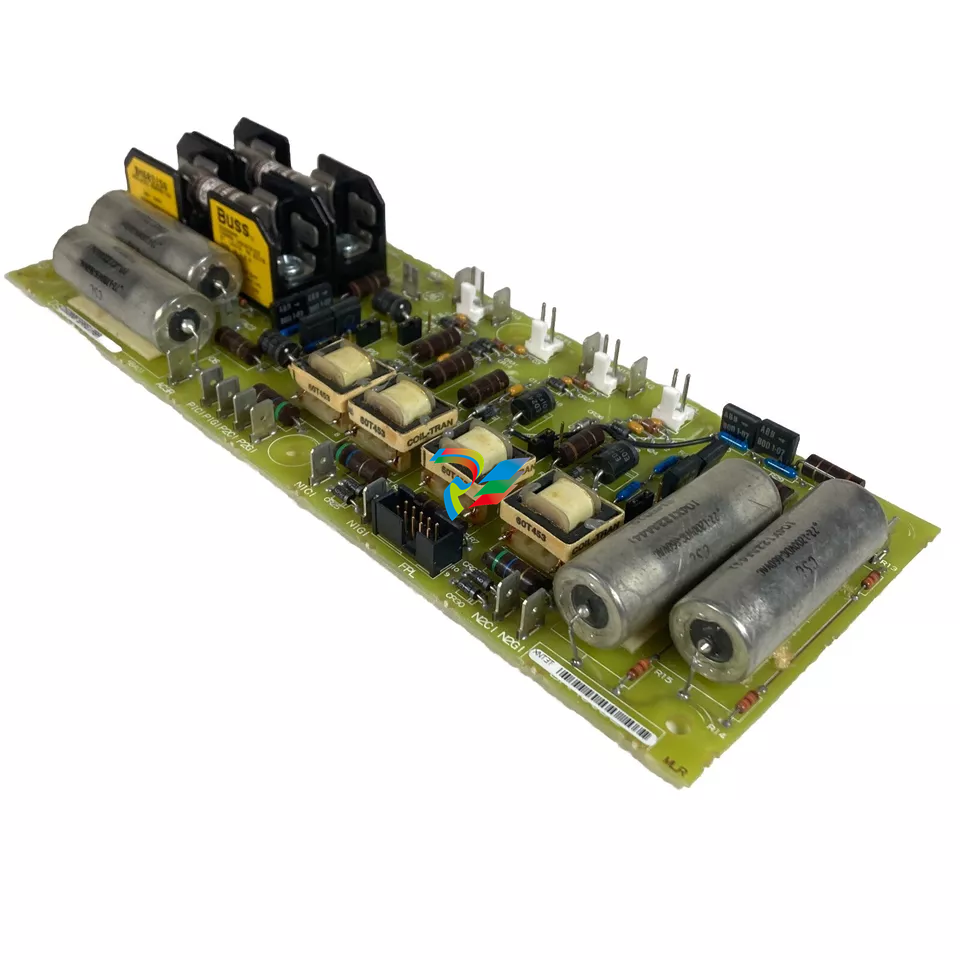
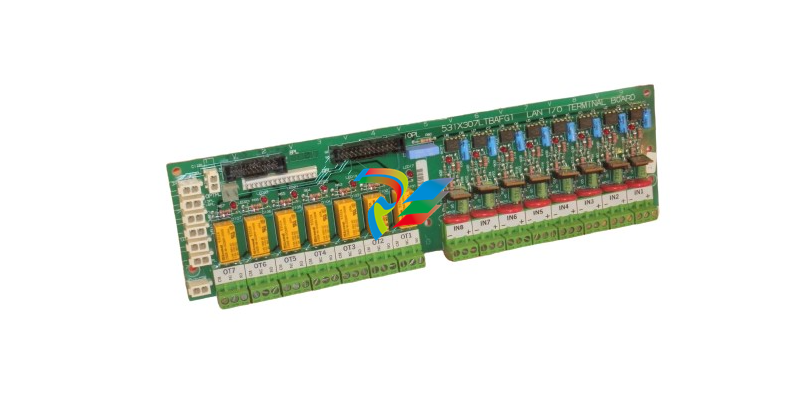


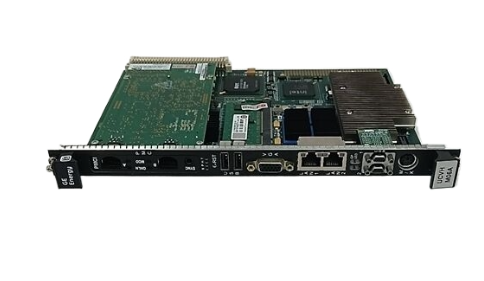
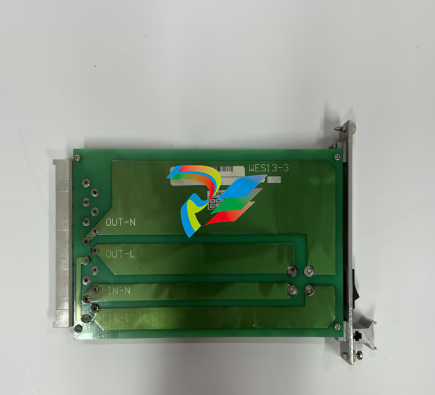

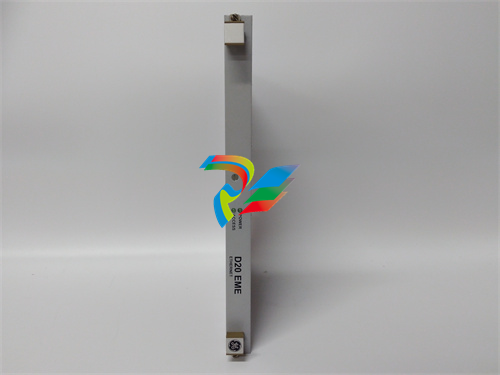
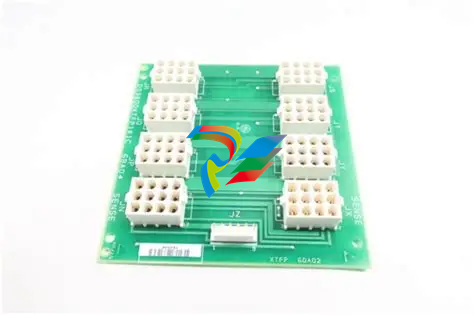






































.jpg)
.jpg)





.jpg)



.png)
.jpg)

.jpg)
_lVjBYb.jpg)

.jpg)
.jpg)



.jpg)
.jpg)







